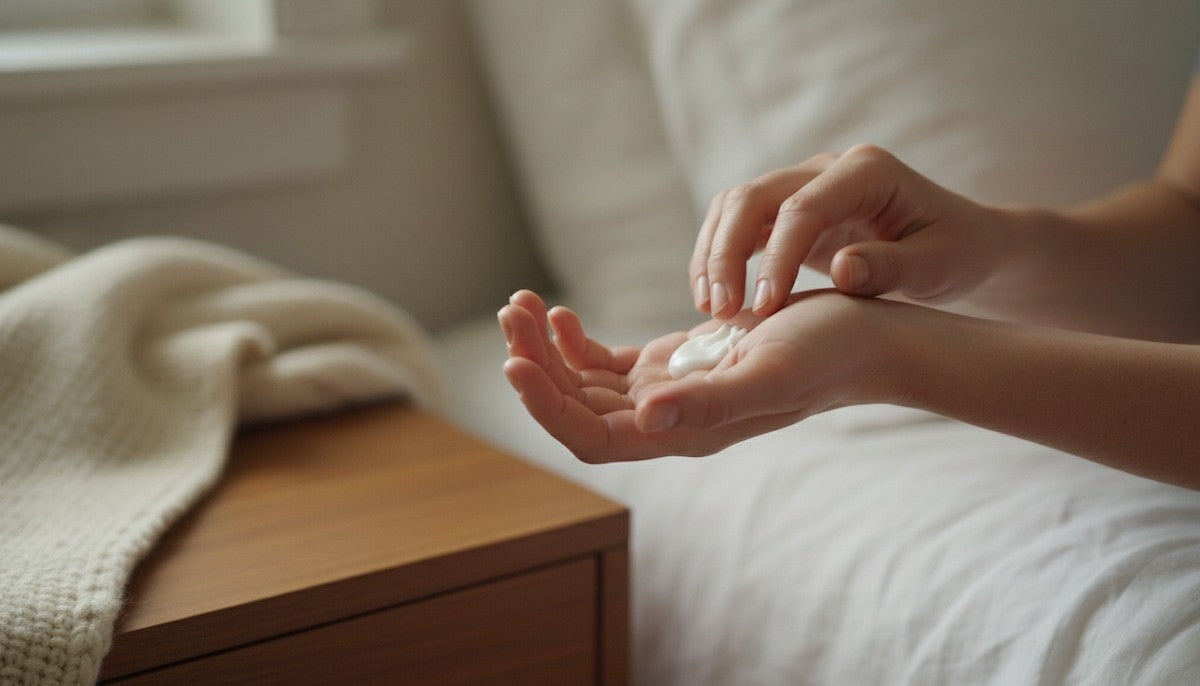This should be true, shouldn't it? If you're eating your leafy greens, nuts, and seeds, you'd think you'd be getting all the magnesium you need. Unfortunately, that's no longer the case for most of us.
The Truth: Modern soil and food processing have changed the game.
Decades of intensive farming have left a lot of our agricultural soil depleted of essential minerals. The food grown in that soil simply doesn't contain the same level of nutrients it did for our grandparents. On top of that, food processing often strips magnesium out.
While a diet rich in wholefoods is the best foundation you can have, it's become very difficult to get all the magnesium your body needs from food alone, especially if you're stressed or active, both of which use up your magnesium stores faster.
The takeaway: Eating well is your first and best step. But if you're still feeling tight, tense, or tired, it's not a personal failure. It might just be that your body needs a little extra support.
Myth 6: "Epsom salts are the same as magnesium flakes"
This is an easy mistake to make. They're both salts you put in the bath to help you relax, so they must be the same thing, right?
The Truth: They are different chemical compounds entirely.
Think of it like this: a lemon and an orange are both citrus fruits, but they're not the same. It's a similar story here. Epsom salts are magnesium sulfate. Our Magnesium Bath Flakes are magnesium chloride. While both can help you relax in a warm bath, magnesium chloride is the form your body can use most readily, and many people find it feels more potent.
The takeaway: If you love your Epsom salt baths, keep enjoying them! But if you're looking for a more concentrated and easily absorbed form of magnesium for your bath, give magnesium chloride flakes a try.
Myth 7: "You lose 95% of magnesium when you take it orally"
You might see alarming statistics like this used as a scare tactic. The truth is a bit more nuanced, but oral magnesium definitely has its downsides.
The Truth: The real issue is the digestive journey and that laxative effect.
That "95% loss" claim is likely based on the worst-case scenario: taking a cheap form like Magnesium Oxide, which has a very low absorption rate. But the bigger problem for most people is practical. When you swallow a pill, it has to survive your entire digestive system. This can be a slow journey, and for many, it causes an upset stomach or that well-known laxative effect.
The takeaway: Topical magnesium is simply a more direct route. It bypasses your digestive system completely and gets to work right where you apply it, often within minutes.
Feeling Clearer?
The world of wellness can be a noisy place. Our hope is that by clearing up these myths, you feel less confused and more empowered. It's not about finding a single magic bullet; it's about understanding your options and finding the simple, honest tools that can help you feel just a little bit better, day by day.





